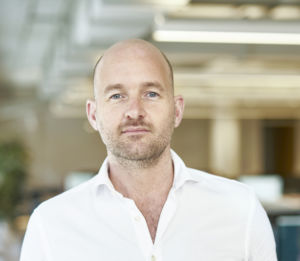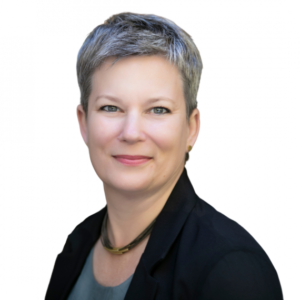In this episode of Shape the System with podcast host Vincent Turner, Christine Sow, CEO of Humentum, shares insights on the importance of working globally while considering local expertise and nuances. They discuss the shift towards locally-led development and the challenges civil society organizations face in gaining trust and funding. Humentum’s focus on driving fair, meaningful change in the global development sector is also highlighted, emphasizing its vision for equitable, resilient, and accountable operating models.
How does aligning locally-led development with the UN’s 17 Sustainable Development Goals help to better address global challenges?
There’s a real argument for working globally: you can bring together experiences from all over and standardize some approaches. You have best practices, and you want to share the learning that’s going on in different places. At the same time, you can’t go in with a cookie-cutter approach. You can’t say this works in one place, so if we apply it elsewhere with a different population, it will work that way.
You need to have the nuance, local knowledge, and expertise brought into the conceptualization of the problems, the solution’s design, and the intervention’s application. It’s a balance between wanting to identify what we know will work and, at the same time, saying, well, things need to be adapted to the setting in which they’re being carried out. This takes us to the idea of locally-led development.
What do NGOs look like today at a global level?
We talk about international NGOs (INGOs) and national or local NGOs [also called civil society organizations or CSOs]. INGOs are organizations that typically have a centralized headquarters and what they call their country programs. For example, Oxfam might have headquarters somewhere and then 60 countries where they work. And perhaps they have a country program or country office in each one. And so there is a centralized way of working, and then there are the decentralized projects they implement.
At the same time, we see a growing phenomenon of civil society organizations (CSOs). So, organizations in communities working at a district, state, or national level within a country.


